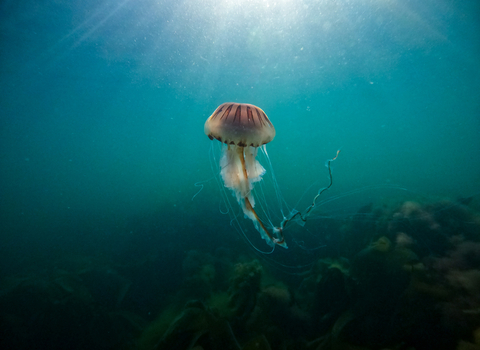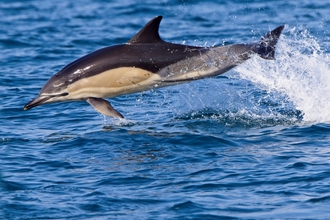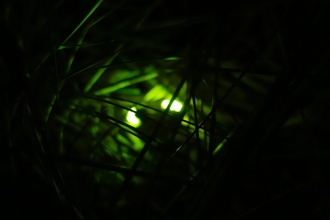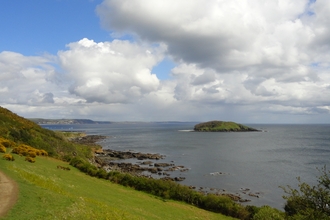In June, spring turns into summer, bringing with it longer and warmer days. It is a wonderful time to spot summer migrant birds and new fledglings. Bees and butterflies enjoy the beautiful plants all around us. And as each day draws to a close, there is a fantastic opportunity to look out for moths and bats, too.
Here are some of June’s best wildlife species and spectacles to see.

Gull chicks. Image by Adrian Langdon
Fledgling birds
After hatching in the spring, many chicks will now be leaving the safety of the nest. They’ll take a leap of faith, either flying high or fluttering to the ground. Remember to keep your eyes peeled for these balls of fluff in your garden and when visiting wildlife hotspots. They may look helpless, but please leave them be! Parents will be keeping a beady eye on their chick’s progress until they gain full independence.
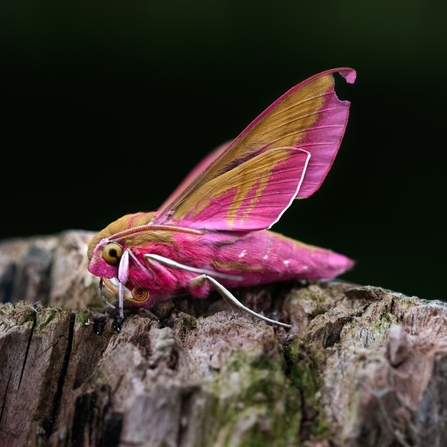
Elephant Hawk Moth. Image by Ellie Smart
Elephant hawk-moth
Found throughout Cornwall in gardens, woodlands, sand dunes and rough grassland, these striking creatures are easily recognisable by their large size and unusual gold-and-pink colouring. The caterpillar looks like an elephant’s trunk (hence its name) and has eyespots to ward off predators. Look out for them on the wing from May to early August flying at dusk.
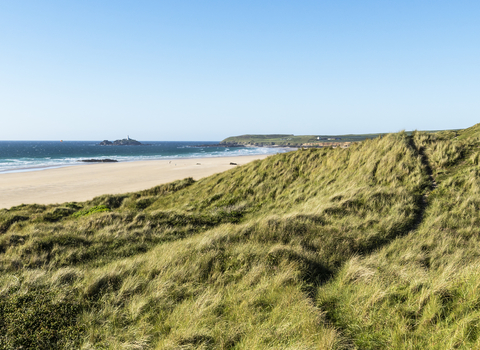
Ben Watkins - Upton Towans
Upton Towans
This month visit our Upton Towans nature reserve, near to the popular beaches of Gwithian and Mexico Towans. On sunny days, look out for the silver-studded blue butterfly flying and feeding low to the ground. Though rare in the UK, this reserve is proving to be a real stronghold for this charismatic species.
Perhaps time your visit to coincide with World Sand Dunes Day on 25th June, when you’ll also be also to see the pyramidal orchid which flowers in June and July.
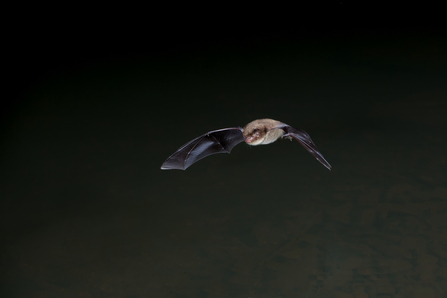
Daubentons Bat. Image by Dale Sutton
Night riders
June not only marks the appearance of baby birds, but bats, too! Our summer nights may be shorter, but they’re alive with activity as bats swoop through the air hunting insects that swarm under moonlight. The warmer weather also means females will gather in large numbers to form maternity roosts before giving birth. Welcome bats into your garden or green space by having a variety of insect-tempting flowers.
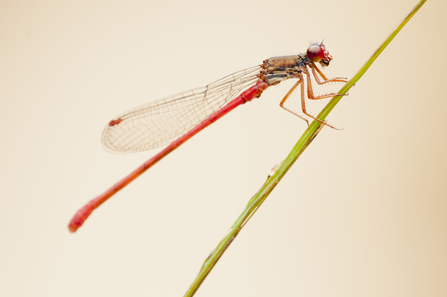
Small red damselfly {Ceriagrion tenellum} resting, Arne (RSPB) Nature Reserve, Dorset, UK. August 2011.
Small red damselfly
These red-legged cousins of the large red damselfly are rare bog specialists with a stronghold in Cornwall. They are found in shallow pools and streams in heathland bogs, but can be seen in very few places in Britain, making our Helman Tor nature reserve an especially important place for their survival. They can be recognised by their reddish eyes, legs and wing spots.
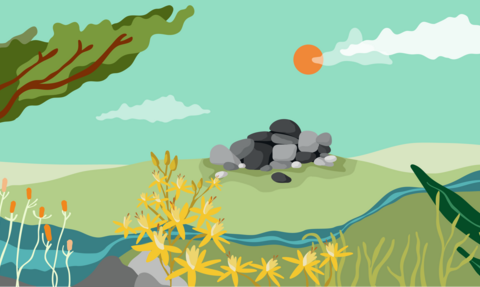
Rewilding Helman Tor Appeal. Image by Lisa Made It
Rewilding Helman Tor Appeal
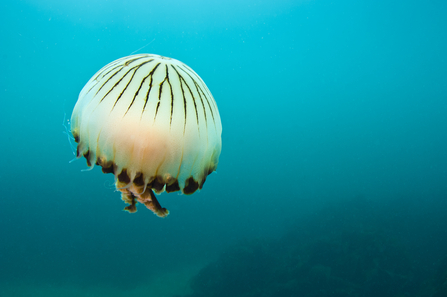
Compass Jellyfish. Image by Alexander Mustard
Compass jellyfish
The compass jellyfish is a common visitor to our shores in the summer months, feeding on small fish, crabs and even other jellyfish in our rich waters. It’s easy to see where it gets its name from, with the brown markings on its bell resembling a compass. Although beautiful, they give a nasty sting, so if you spot one during a visit to the beach – look, but don’t touch!
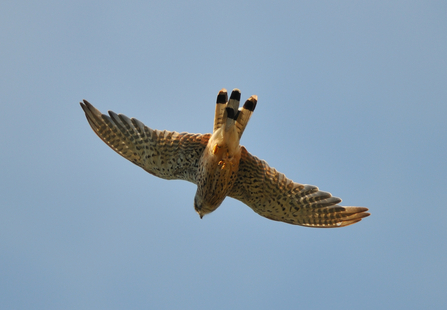
Kestrel. Image by Steve Waterhouse
Kestrel
Gentle, steady winds make June a perfect time for kestrel fledglings to take to the air, learning the art of 'windhovering' over meadows of long grass, full of tasty voles. Kestrels generally prefer open habitats like grassland, farmland and heathland, but can also be spotted in towns and villages. You can identify them by spotting them hovering with their pointed wings held out. They have the ability to keep their heads still while hovering like this - even in strong winds - helping them to pinpoint their prey by sight.
Summer Blogs
Curious about what else can be found this season? Dive deeper into the topic of summer wildlife with our blogs below.

